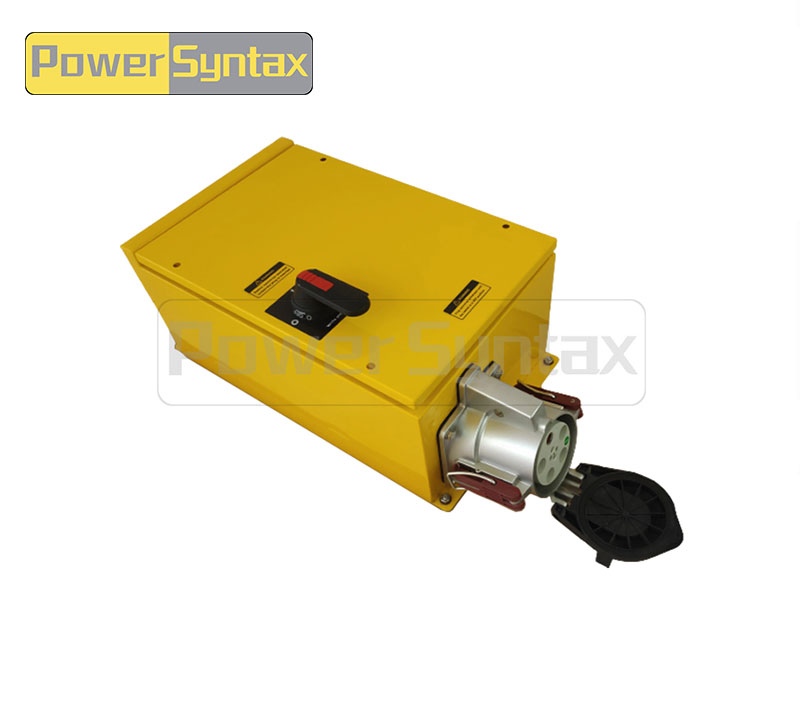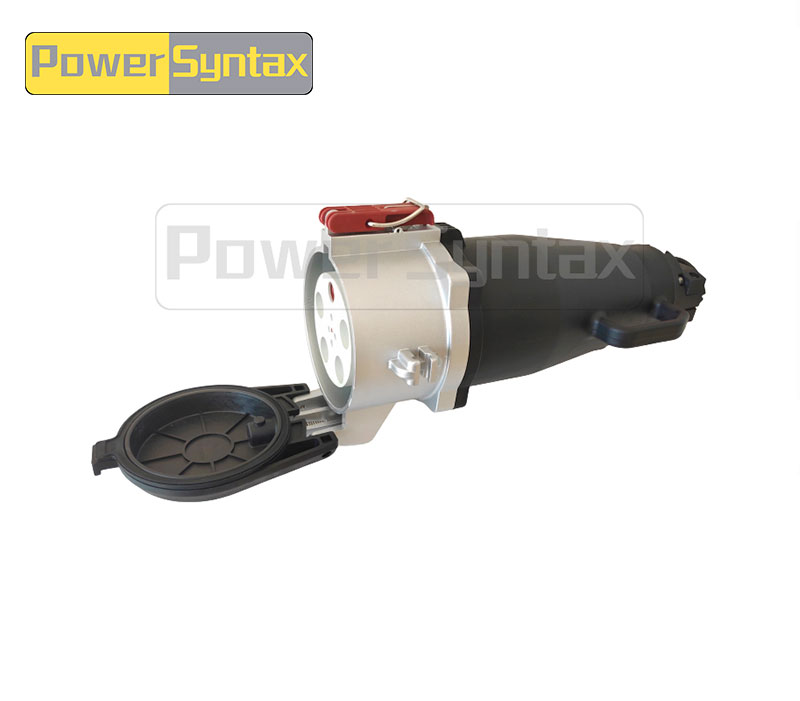In various electrical applications, from industrial setups to high - power home appliances, the need for high current plugs is crucial. These plugs are designed to handle larger amounts of electrical current, ensuring safe and efficient power transfer. Here are five of the best high current plugs in 2024.

1. Leviton T5636
The Leviton T5636 is a standout option in the high current plug market. It combines USB - C and USB - A in - wall chargers with a duplex receptacle. The Type - C port supports Power Delivery (PD) technology, which is a significant advantage for charging high - power devices such as laptops.
This plug features smart chip technology. This technology is designed to optimize the charging speed for each connected device. The combined power output of the USB ports can reach up to 60W, making it suitable for power - hungry electronics. Additionally, it has tamper - resistant shutters in the duplex receptacle, which is an important safety feature. Meeting applicable UL standards, the Leviton T5636 is designed with user safety in mind. It also fits in a standard wall box and is compatible with standard wall plates, making installation relatively straightforward.
2. Kasa Smart Plug HS103P2
While it is rated at 15 amps, the Kasa Smart Plug HS103P2 offers a great combination of functionality and compatibility, making it a popular choice for many users. It works seamlessly with Amazon Alexa, Google Assistant, and Microsoft Cortana, allowing for convenient voice control.
The Kasa Smart app is user - friendly, enabling easy scheduling and monitoring of devices. It also supports IFTTT, which gives users the ability to create customizable automation. This smart plug is a great option for those looking to integrate their electrical devices into a smart home ecosystem. Although it may not be as robust in terms of current handling as some dedicated high - current plugs, its versatility in a smart home context cannot be overlooked. It can be used to control a variety of low - to - medium - power devices, and the app's features make it easy to manage energy usage and device operation.
3. Bullet - Head TS - 551SK
The Bullet - Head TS - 551SK is a 16 - amp high - power socket that is designed for high - power - consumption home appliances. Appliances like air conditioners and water heaters often require a significant amount of electrical current, and this plug is up to the task.
With a maximum rated power of 4000W, it can handle the load of such demanding devices. It provides three independent jacks, which is convenient for connecting multiple high - power appliances simultaneously. The wireless design of the Bullet - Head TS - 551SK simplifies installation, and it meets international standards, ensuring its reliability and safety. This plug is a great choice for homeowners who need to power high - current - consuming appliances in a safe and convenient manner.
4. Anderson Connector Plugs
Anderson Connector Plugs come in a wide range of specifications, including 15A, 30A, 45A, 75A, 120A, and 180A. They are widely used in industries such as electric vehicles, forklifts, and other applications that demand high - current connections.
These plugs are known for their excellent conductivity. They are made of materials that can efficiently transfer large amounts of electrical current with minimal resistance. Additionally, they are highly resistant to high temperatures and vibrations. In applications like electric vehicles, where the plugs are constantly exposed to various environmental conditions and vibrations during operation, this durability is crucial. Anderson Connector Plugs ensure reliable connection and current transmission, even under harsh conditions, making them a top choice for high - current industrial and specialized applications.
5. Eaton Bussmann High - Current Fuse Plugs
Eaton Bussmann's high - current fuse plugs are designed not only to handle high currents but also to provide protection against electrical faults. These plugs are often used in industrial and commercial electrical systems.
They are equipped with fuses that can quickly interrupt the electrical circuit in case of an over - current or short - circuit event. This helps prevent damage to electrical equipment and reduces the risk of electrical fires. The high - current - handling capacity of these plugs makes them suitable for powering large - scale machinery and equipment in factories, power plants, and other industrial facilities. They are engineered to meet strict safety and performance standards, ensuring reliable operation in demanding electrical environments.
Among the many high-current plug products, HYPER high-current plugs have shown unique advantages. Its plugs are excellent in current carrying capacity and can provide a variety of current specifications suitable for different scenarios, from the common 16A and 32A to 63A or even 125A that some models can carry, which can fully meet the various high-current requirements of industrial motors, large outdoor equipment, etc. In terms of material selection, the conductive parts of Hanben's high-current plugs are made of high-conductivity copper alloy and nickel-plated, which greatly improves the conductivity; the outer shell is made of high-strength, high-temperature resistant and corrosion-resistant materials to ensure the long-term and stable use of the plug in harsh environments. At the same time, Hanben's high-current plugs are precisely designed, easy to plug and unplug, and have good contact, which can effectively reduce resistance and heat. In addition, each plug has undergone strict quality inspections and meets international standards and safety requirements, providing users with efficient, safe and reliable high-current connection solutions.
When choosing a high - current plug, it is essential to consider factors such as the specific current requirements of your devices, the environment in which the plug will be used, and safety features. Whether it's for a home with high - power appliances or an industrial setting with heavy - duty machinery, the right high - current plug can make a significant difference in the efficiency and safety of your electrical system.

























